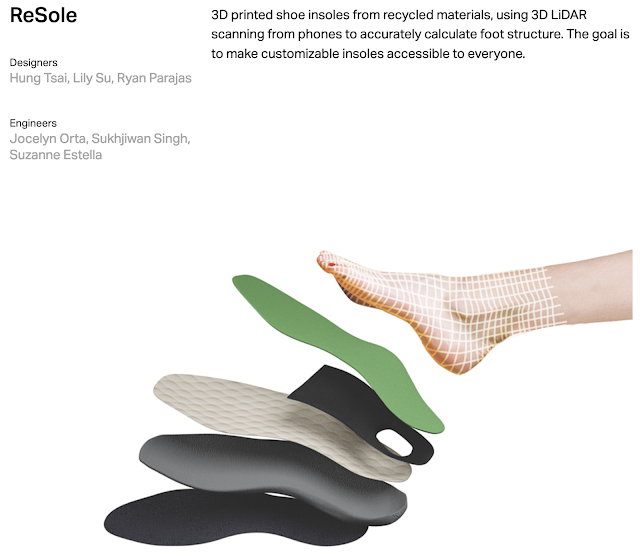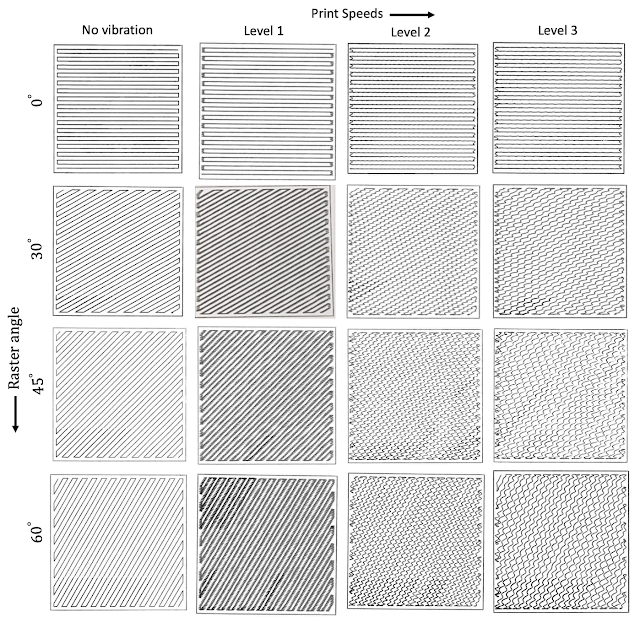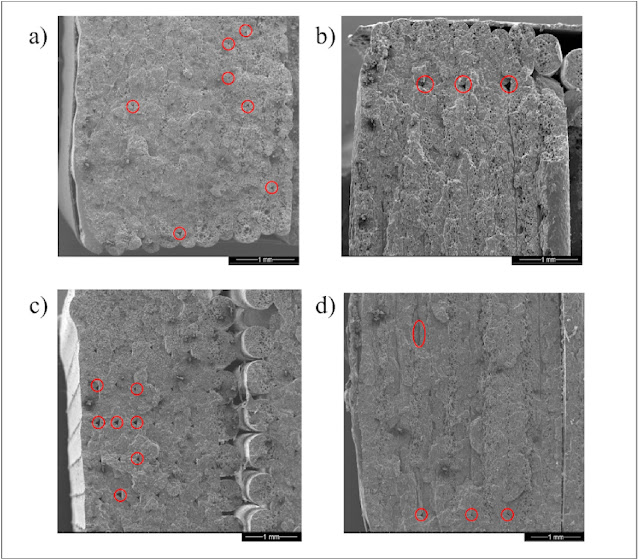We got an NEA grant titled “Exploring San Jose Cultural Heritage and Sustainable Design through 3D Printing Technology.” Thanks to Prof. Yoon Chung Han for leading the efforts. We bring sustainable design, recycled materials, and additive manufacturing together under the cultural heritage umbrella. Click to see our previous work Future Artifact on Data+AI+Design+3D printing. […]
Read More
New grant from National Endowment for the Arts, Grants for Arts Projects
- October 2, 2022
- Comments off


